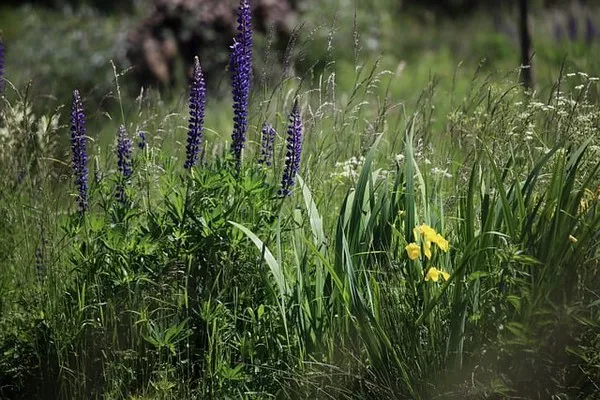In the intricate tapestry of Earth’s ecosystems, plants stand as the foundation of life. Their diverse forms and functions have evolved over millions of years to adapt to the ever-changing environmental conditions. One of the most captivating and essential aspects of many plant species is their ability to produce flowers. Flowers, while often admired for their beauty and fragrance, serve a far more profound purpose in the life cycle of plants. This article delves into the fascinating world of flowers, exploring the reasons behind their existence and the crucial roles they play in the survival and reproduction of plants.
Reproductive Advantage
At the heart of the question “Why do plants have flowers?” lies the concept of reproductive advantage. Flowers are the reproductive organs of angiosperms, a group of plants commonly known as flowering plants. Through the evolution of flowers, plants gained a significant advantage in the competition for resources and reproduction. Unlike their non-flowering counterparts, which rely on wind or water for pollination, flowering plants have developed elaborate mechanisms to attract pollinators, resulting in more efficient and targeted reproduction.
Pollination Mechanisms
Flowers have evolved an impressive array of strategies to attract pollinators, including insects, birds, and mammals. Colorful petals, distinct shapes, and enticing scents are just a few of the tactics plants employ to lure potential pollinators. These adaptations ensure that pollination is carried out by a specific group of organisms, increasing the likelihood of successful fertilization and seed production.
The mutualistic relationship between plants and pollinators is essential for the reproduction of many species. Pollinators receive nectar, pollen, or other rewards while inadvertently transferring pollen between flowers, aiding in fertilization. This relationship highlights the evolutionary significance of flowers in facilitating reproductive success and genetic diversity in plant populations.
Fruit and Seed Production
One of the primary outcomes of successful pollination is the development of fruits and seeds. Fruits, often derived from the fertilized ovaries of flowers, provide a protective enclosure for seeds and aid in their dispersal. The variety of fruit types, from fleshy berries to dry capsules, showcases the adaptability of flowering plants to different environments and modes of seed dispersal.
Seed dispersal is vital for the survival and expansion of plant populations. Fruits entice animals to consume them, effectively transporting seeds to new locations where they can germinate and establish new plants. This strategy not only prevents overcrowding in a parent plant’s vicinity but also promotes genetic diversity by spreading seeds to different habitats.
Genetic Variation and Adaptation
The production of seeds through flowering and subsequent dispersal plays a pivotal role in generating genetic variation within plant populations. Genetic diversity is crucial for the adaptation and survival of plants in changing environments. As conditions shift due to factors such as climate change or the introduction of new competitors, the presence of diverse genetic traits increases the likelihood that some individuals within a population will possess advantageous characteristics. This ensures the species’ ability to adapt and persist over time.
Ecosystem Functioning
Beyond the individual plant level, flowers contribute significantly to the overall functioning of ecosystems. Many animals depend on flowering plants for food and habitat, creating intricate food webs. Insects like bees, butterflies, and moths rely heavily on nectar and pollen from flowers as a primary food source. These insects, in turn, serve as prey for other animals, supporting higher trophic levels in the ecosystem.
Furthermore, the presence of flowering plants enhances biodiversity by providing niches for a diverse array of pollinators and other associated organisms. The resulting interactions within ecosystems contribute to their stability and resilience, making flowers an indispensable component of the natural world.
Cultural and Aesthetic Value
While the scientific and ecological importance of flowers is undeniable, their cultural and aesthetic value should not be overlooked. Throughout human history, flowers have held symbolic meanings and played essential roles in various cultural practices, from religious ceremonies to art forms. The beauty and diversity of flowers continue to inspire artists, poets, and garden enthusiasts, enhancing the human connection to the natural world.
Conclusion
In the grand tapestry of life on Earth, flowers emerge as extraordinary adaptations that have propelled the success of flowering plants. From their specialized structures that attract pollinators to their role in seed production, flowers are essential for the survival and reproduction of plants. Through their intricate mechanisms and diverse strategies, flowers have demonstrated the brilliance of natural selection and the intricate interplay between species in ecosystems. As we continue to explore and appreciate the marvels of the natural world, the significance of flowers in plants serves as a poignant reminder of the beauty, complexity, and resilience of life itself.


